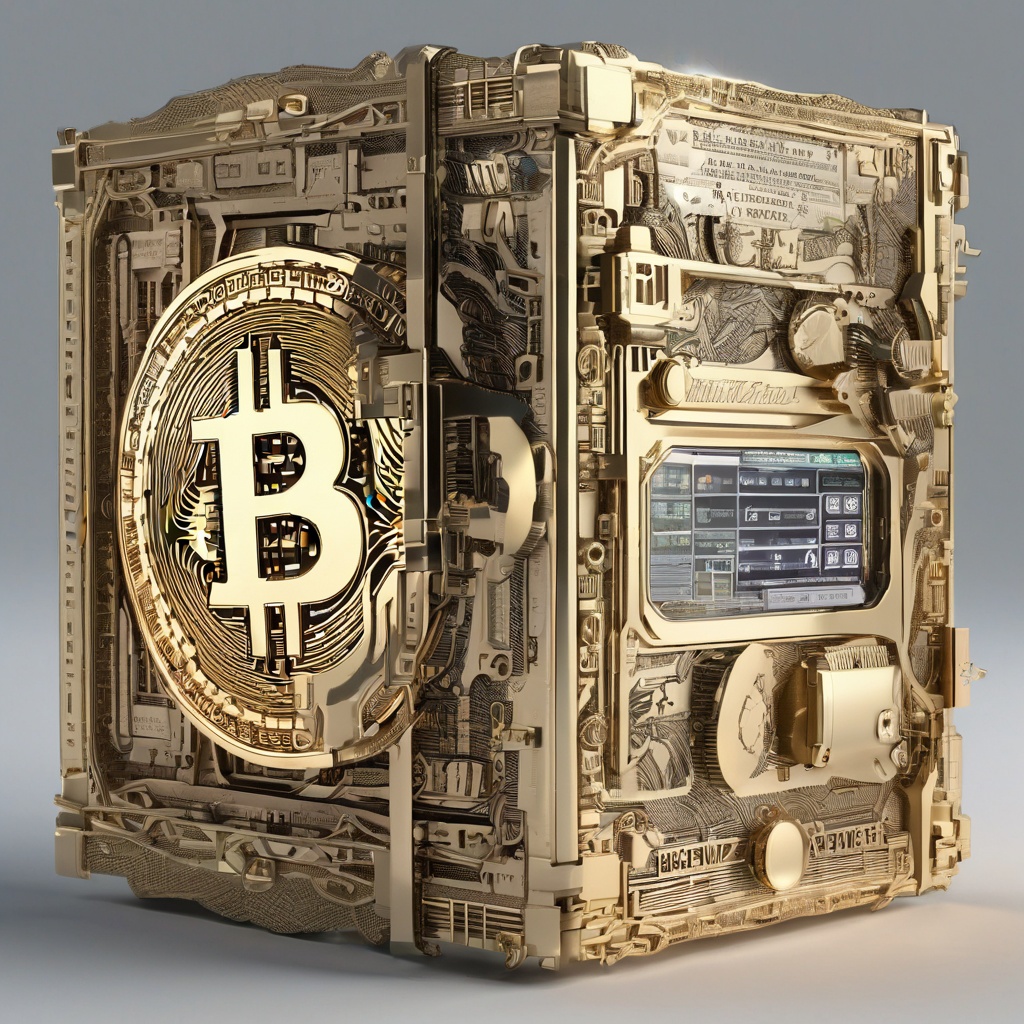Could you elaborate on what constitutes the reserve risk associated with Bitcoin? As a decentralized digital currency,
Bitcoin relies solely on its blockchain technology and network consensus to maintain its value. However, with the volatile nature of cryptocurrencies and the lack of a central bank or regulatory oversight, what factors could potentially threaten Bitcoin's reserves and, subsequently, its stability? Is it the limited supply of Bitcoins, the potential for mining rewards to decrease over time, or perhaps the reliance on a distributed network of miners to maintain the blockchain's integrity? Understanding these risks is crucial for investors and enthusiasts alike.

5
answers
 Carlo
Wed Jul 10 2024
Carlo
Wed Jul 10 2024
This risk is calculated by dividing the current price of bitcoin at any given moment by the "HODL Bank," a term coined by Glassnode.
 Raffaele
Wed Jul 10 2024
Raffaele
Wed Jul 10 2024
The HODL Bank represents the opportunity cost associated with holding bitcoin, which takes into account factors such as missed investment opportunities and potential gains.
 SamuraiCourageous
Wed Jul 10 2024
SamuraiCourageous
Wed Jul 10 2024
Bitcoin maintained a relatively stable trading price of $46,600 at the time of writing, as indicated by the data from CoinDesk.
 SamuraiWarriorSoul
Wed Jul 10 2024
SamuraiWarriorSoul
Wed Jul 10 2024
By dividing the bitcoin price by the HODL Bank, reserve risk provides a quantitative assessment of the trade-off between holding and selling the asset.
 SamsungShine
Wed Jul 10 2024
SamsungShine
Wed Jul 10 2024
Reserve risk is a metric that assesses the potential cost of holding an asset, specifically bitcoin in this context.

